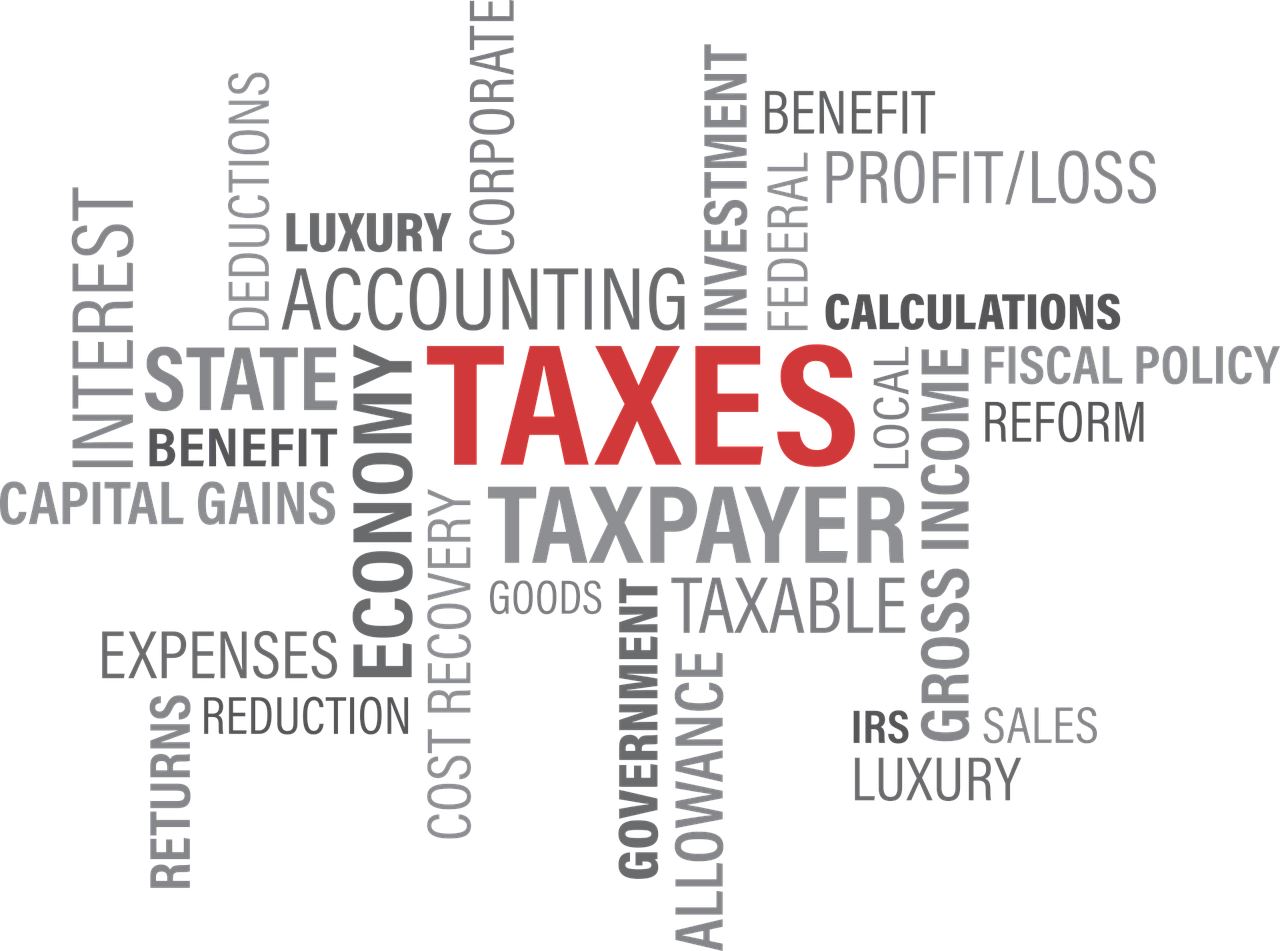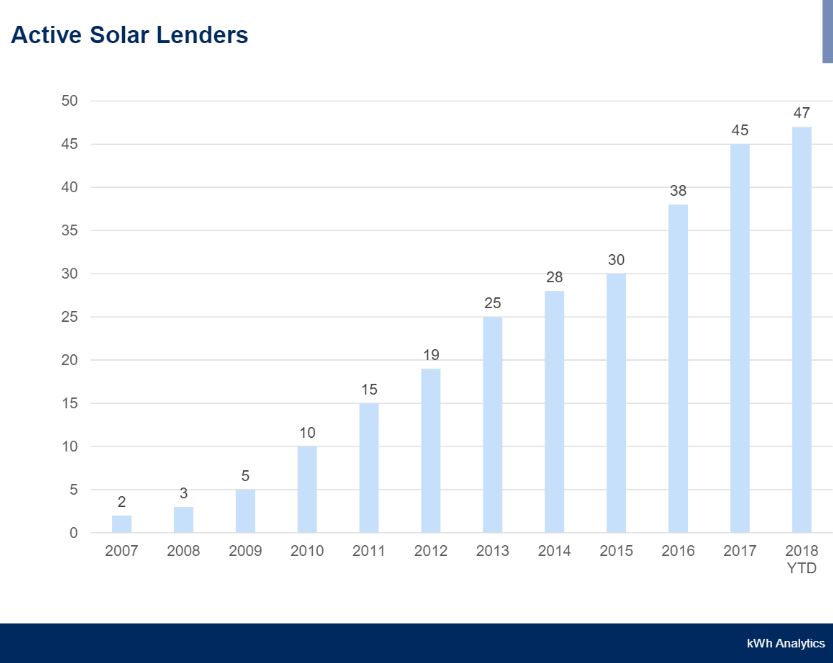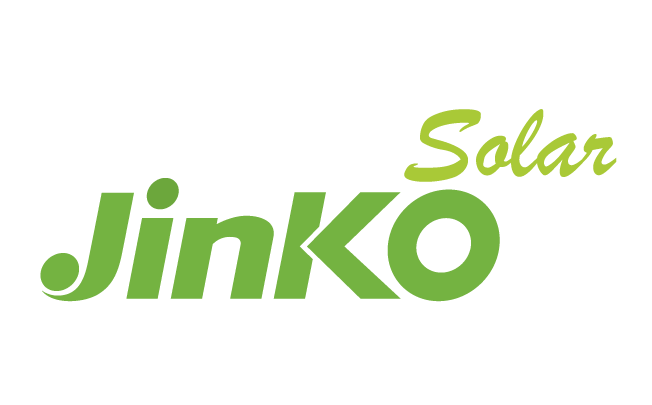By Frank Andorka, Senior Correspondentthey
When California decided last week to revise and extend its Single-Family Affordable Solar Homes (SASH) program with a 12-year rebate program for disadvantaged citizens who want to take advantage of solar, it marked another step forward in the democratization (small “d”) of electricity generation.
It also continued the national trend toward the inclusion of low-income solar in statewide solar legislation, much of which is being modeled on California’s original SASH program.
As Elsie Hunger from GRID Alternatives put it:
California has been a leader nationally in providing solar access to families in disadvantaged communities. We are thrilled to see the commission’s continued efforts to expand access and ensure that our transition to clean energy includes all our communities.
The new rebate program, Disadvantaged Communities – Single Family Affordable Solar Homes (DAC-SASH), provides additional long-term funding for the SASH program, which has reduced the cost of going solar for more than 7,000 households and provided over 100,000 hours of solar job training for individuals seeking employment since 2009.
In addition to adopting DAC-SASH, the Commission Order also makes modest improvements to the utilities’ Green Tariff programs with the goal of helping low-income customers receive bill discounts through participation. The decision did not go as far as coalition members had hoped in creating community-based shared solar opportunities like those that have been used successfully to increase low-income consumer access in Colorado and other states.
At the same time California’s Public Utilities Commission was making its decision, Illinois solar advocates were meeting in Chicago at SolarWakeup Live! to discuss the importance of the job creation elements of the Solar For All program created in Illinois’ Long-Term Renewables Resources Procurement Plan (the Plan).
“This is how we will be judged by the legislature when we come back to them for future expansion of the program,” said Becky Stanfield, senior director of Western States for Vote Solar. “If we miss these targets, we will lose support for solar in the Illinois legislature. That can’t happen.”
Eya Louis, contractor development coordinator for Chicago-area nonprofit Elevate Energy, said the key to successful job creation is not just the training of future solar workers but making sure they have jobs once they finish the training. She said her organization is about to graduate its first class of solar workers, and it will hold a job fair to make sure they connect with contractors looking to hire.
“You can’t forget about that step,” Louis said. “You can do all the training you want, but unless you are able to put them in positions to get jobs, the training aspect goes to waste. It’s easy to forget that step, but it’s imperative that we as an industry do not.”





